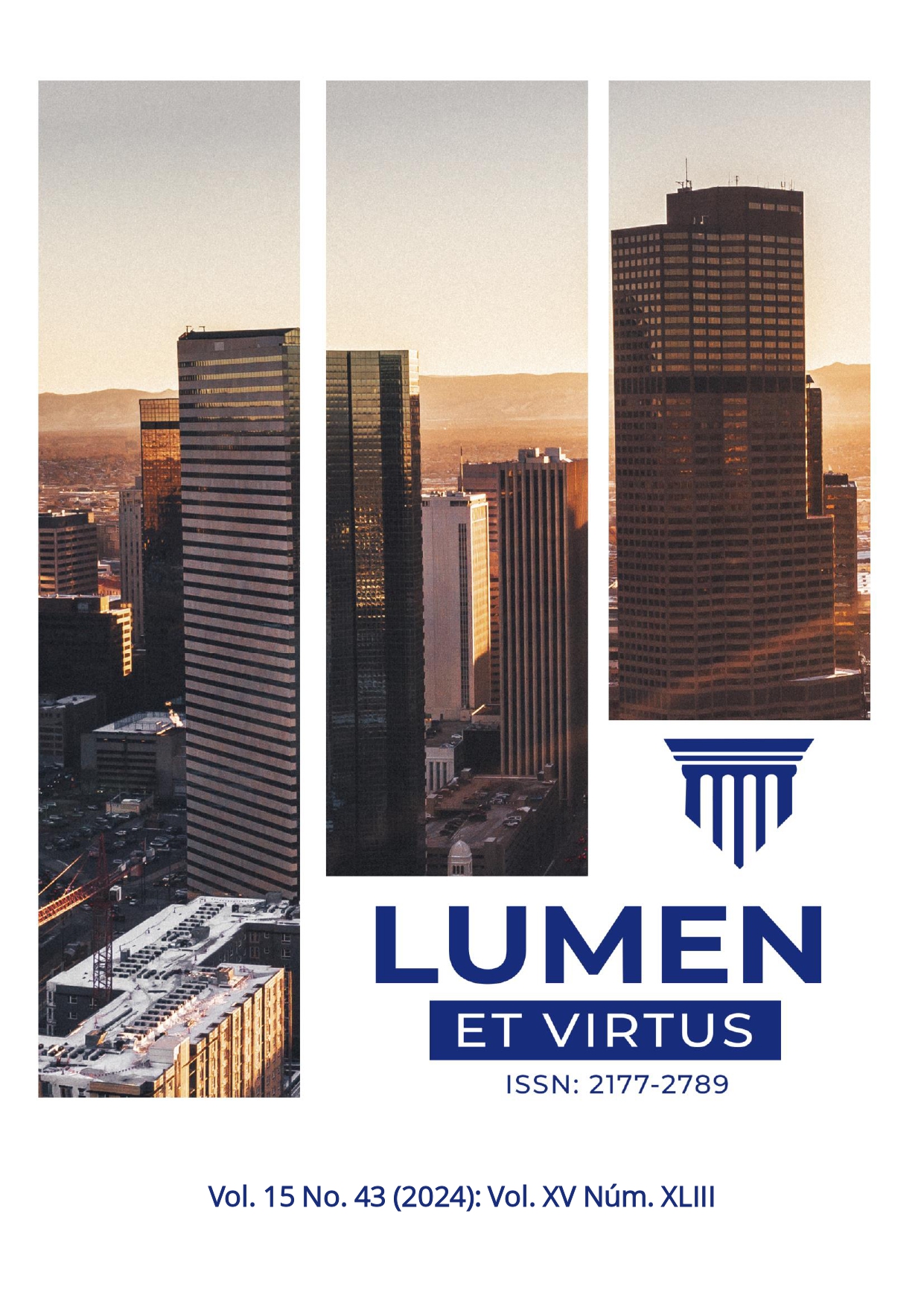ENTRE A VIDA E A MORTE: A ANGÚSTIA EXISTENCIAL E A BUSCA POR SIGNIFICADO EM CLARICE LISPECTOR E HEIDEGGER
DOI:
https://doi.org/10.56238/levv15n43-134Palavras-chave:
Morte, Angústia Existencial, Identidade, EpifaniaResumo
Este artigo analisa a relação entre a morte e a angústia existencial na obra A Hora da Estrela , de Clarice Lispector, à luz da filosofia de Heidegger. A personagem Macabéa, marcada pela falta de autoconhecimento, enfrenta a morte como um momento de revelação existencial. Heidegger vê a morte como uma possibilidade constitutiva do ser, que define o Dasein e a relação do indivíduo consigo mesmo. A morte, mais do que um fim físico, é uma condição para o autoconhecimento e o significado da vida. O artigo conclui que tanto Lispector quanto Heidegger nos desafiam a confrontar nossa finitude para encontrar sentido na existência.
Downloads
Os dados de download ainda não estão disponíveis.
Downloads
Publicado
2024-12-30
Edição
Seção
Artigos
Como Citar
LACERDA, Fabiano Madeira; RIBEIRO, Antonio Carlos Gualande; DE MELLO, Melina Barbosa de Assis Pereira; DE ANDRADE, Leila Maria; MOTTA, Thuanne da Silva. ENTRE A VIDA E A MORTE: A ANGÚSTIA EXISTENCIAL E A BUSCA POR SIGNIFICADO EM CLARICE LISPECTOR E HEIDEGGER. LUMEN ET VIRTUS, [S. l.], v. 15, n. 43, p. 9500–9512, 2024. DOI: 10.56238/levv15n43-134. Disponível em: https://periodicos.newsciencepubl.com/LEV/article/view/2619. Acesso em: 13 dez. 2025.





